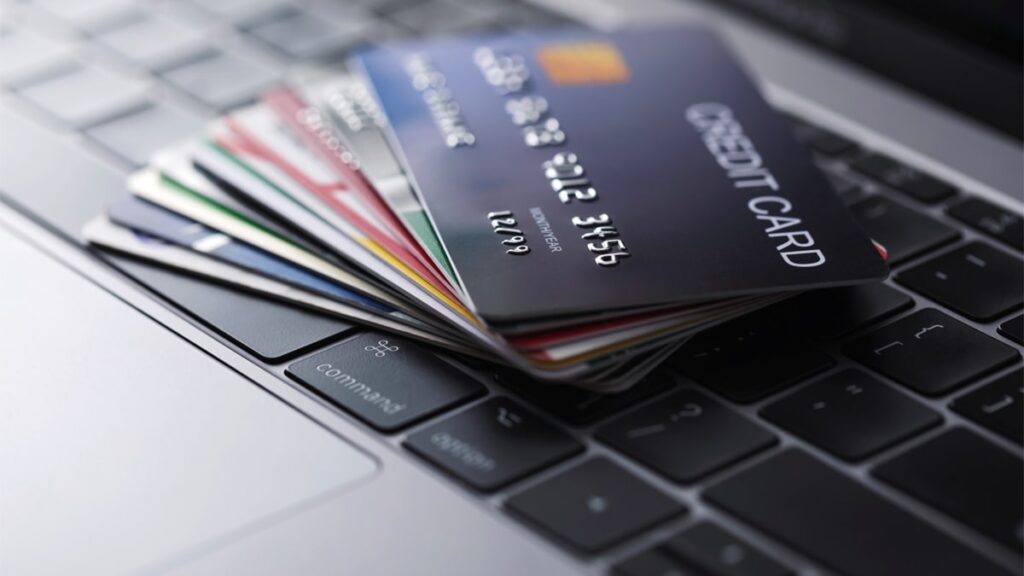Managing the Credit Card payment cycle is crucial for responsible financial management. Credit cards are powerful financial tools that offer convenience and flexibility. However, if mishandled, they can pose significant risks to your financial well-being.
Credit cards offer convenience and flexibility in managing finances, allowing users to make purchases and payments without immediate cash transactions.
However, to fully benefit from credit cards, it’s essential to grasp the intricacies of their billing cycles, interest rates, and payment requirements.
In this article, we’ll discuss what is Minimum Payment on a Credit Card, the drawbacks of minimum payments, best practices, etc.

Table of Contents
What is the Minimum Payment on Credit Card?
The minimum payments on the Credit Card refers to the smallest amount that you can pay during a billing cycle. This way you can avoid late fees and maintain their account in good standing.
Minimum payments are usually calculated as a percentage of the outstanding balance. It ensures that cardholders fulfill their immediate payment obligations.
Drawback of Minimum Payments on Credit Card
The following are the drawbacks of the minimum payments on the Credit Card-
- By making only the minimum payment, cardholders carry forward a significant portion of their balance to the next billing cycle, resulting in the accumulation of interest charges
- Minimum payments prolong the time it takes to pay off credit card debt
- The longer it takes to pay off the debt, the more interest accrues on the outstanding balance
- Minimum payments can negatively impact credit scores and the high credit utilization ratios can lower credit scores, you would need to improve your credit score for that, making it harder to qualify for favorable loan terms in the future
- Minimum payments may provide temporary relief, but they often mask underlying financial problems
- Making only the minimum payment offers minimal progress toward debt reduction and you pay more on interest than what you could
What is the Best Practice to use a Credit Card?
You can follow all these best practices to use the Credit Card-
- Pay your EMIs fully without getting yourself into the Minimum payment scheme as it can accrue huge interest
- Do not overspend and keep your spending within the budget by tracking it well
- Review your credit card statements regularly to spot any unauthorized charges or errors
- Avoid cash advances, as they typically come with high fees and interest rates
- Use credit cards for purchases that offer rewards or cashback benefits to maximize its value
- Set up automatic payments to ensure you never miss a payment deadline
- Avoid carrying a high balance on your credit card, as it can negatively impact your credit score
- Monitor your credit utilization ratio to keep it below 30% to maintain a healthy credit score
- Contact your credit card issuer immediately if your card is lost or stolen to prevent unauthorized charges
How is the Minimum Payment Due Calculated?
The calculation of the minimum payments is based on these four
- Many credit card issuers calculate the minimum payment as a fixed percentage of the total outstanding balance
- Some issuers calculate the minimum payment based on a percentage of the total outstanding balance, including any accrued interest charges and applicable fees
- Credit card issuers set a minimum fixed amount that cardholders must pay each month, regardless of the total outstanding balance
- The minimum payment as a percentage of the outstanding balance, similar to the fixed percentage method, but also includes any applicable fees incurred during the billing cycle
Should You pay Minimum Payments only?
Yes, paying the minimum payment on your credit card is essential, especially if you’re unable to pay the full balance.
While it’s generally advisable to pay more than the minimum to avoid accruing interest charges, there are situations where making only the minimum payment is helpful.
For instance, if you’re experiencing financial constraints or unexpected expenses, paying the minimum ensures you stay current on your account and avoid late fees.
However, it’s crucial to understand that making only the minimum payment can lead to long-term debt accumulation and higher interest costs.
Therefore, whenever possible, aim to pay more than the minimum to reduce your balance faster and minimize interest charges.
Regardless of the amount you pay, ensuring you meet at least the minimum payment requirement is vital to maintaining a positive credit score and avoiding negative impacts on your credit history.
FAQ
The minimum payment on a credit card is the smallest amount you must pay each month to keep your account in good standing.
While you technically can pay less than the minimum payment, it will likely result in penalties, fees, and damage to your credit score.
If you only make the minimum payment, you’ll end up paying more in interest over time and it will take longer to pay off your balance.
Yes, making only the minimum payment can negatively impact your credit score because it may indicate financial instability to lenders.
I’m Shiv Kumar, a graduate with a passion for finance, marketing, and technology. My journey into finance started with a desire to understand money management and investing.
Our main goal is to empower individuals through financial education. We believe that everyone should have the opportunity to build a strong financial foundation. Whether you’re a seasoned investor or just getting started, we provide articles, guides, and resources to help you navigate the financial landscape.
I invite you to join our community of financially savvy individuals. Feel free to ask questions, engage with our content, and explore the topics that matter to you. Together, let’s take control of our financial futures.




